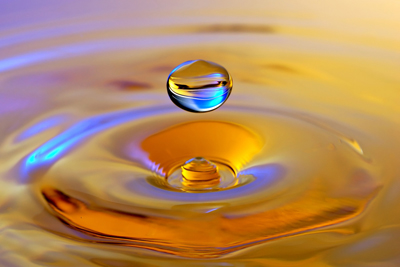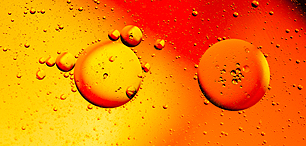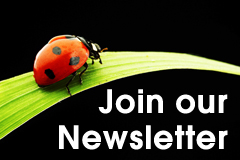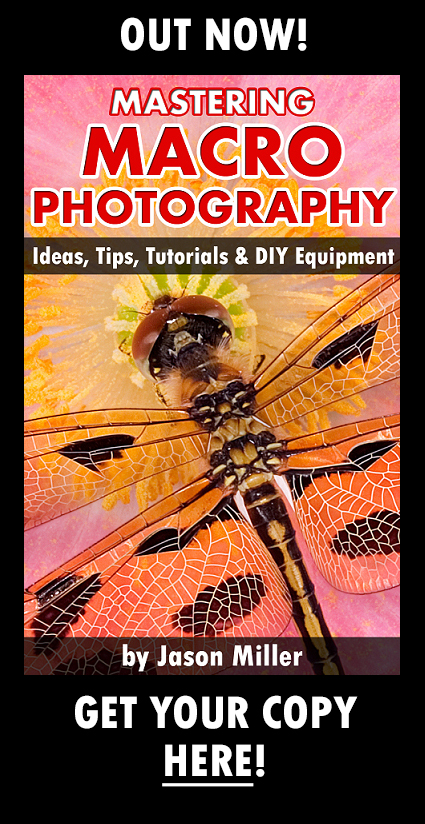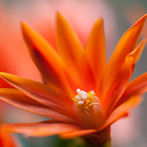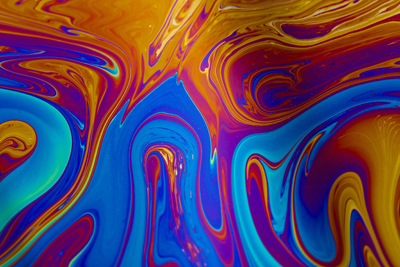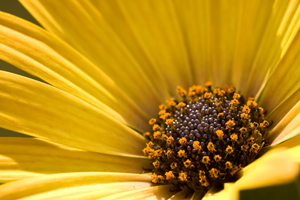The Art of Shooting Better Wildlife Photographs
Once you delve into photography as a hobby, you find that it really is true that photography is an art form. While some people may say that it’s easy to pick up a camera, point it at your subject and ultimately to take a great photograph, those of us who have put hours into our passion for photography know all too well that there’s more to capturing amazing images in our photographs than simply clicking a button. This is especially true for photographers who love to spend time shooting nature/wildlife photographs. When you’re dealing with Mother Nature, or any of her creatures, you have to know what you’re doing.
We know how much of a struggle it can be to make small animals, insects and flowers look great when they are photographed. Today’s post is filled with helpful tips to assist you in shooting better nature and wildlife photographs. If you’ve been having trouble getting those insects to cooperate or in capturing the beautiful details of a particular flower, then today’s post was created with you in mind. Read on to discover some tips to set you down the right path to becoming a better nature/wildlife photographer…
Know Your Subject Well
 Here’s a common scenario that many macro photographers go through on a regular basis: The photographer decides he wants to shoot some up-close-and-personal shots of a particular insect. He knows those very insects are in his garden, as he sees them every day. So, our photographer heads out to the garden, sets up his gear and spends the afternoon fruitlessly trying to get some good shots of his favorite bugs. What went wrong? Why aren’t you able to get those killer shots of your favorite bug, insect or creepy crawler?
Here’s a common scenario that many macro photographers go through on a regular basis: The photographer decides he wants to shoot some up-close-and-personal shots of a particular insect. He knows those very insects are in his garden, as he sees them every day. So, our photographer heads out to the garden, sets up his gear and spends the afternoon fruitlessly trying to get some good shots of his favorite bugs. What went wrong? Why aren’t you able to get those killer shots of your favorite bug, insect or creepy crawler?
It usually boils down to the fact that many new photographers simply don’t take the time to really get to know their subjects. Different bugs/animals react differently to the very presence of a human being. While a butterfly might go about its business if you shoot it from a few feet away, trying to get very close with your gear may very well scare your subject.
You have to learn how the living creatures you plan to photograph react to your presence. This means taking time to read up on the animals or bugs you want to photograph and experimenting with different distances to capture optimal shots. The last thing any photographer should do is simply burst on the scene and hope that his/her actions won’t upset the very subjects that he/she wishes to photograph. Just like you get to know your human subjects when you take family photographs, you must put in a bit of research time to get to know your four, six or eight legged subjects too.
Become a Master Observer
Knowing a bit about your subjects through books, websites or even instruction from other photographers is one thing, but to really get prepared to capture the best wildlife/nature shots, you must also spend some time observing your subjects in their natural environment. Spend time observing their behavior and take note of those times when they are more active versus the times when they are a bit more relaxed. If you want to capture a shot of a bee landing on a flower, for example, you have to know the time of the day that the bees are most likely to be out and foraging around. And you also need to observe how long it takes said bee to move from one flower to another. By spending just a bit of time doing some field observation, you’ll be better prepared to take the kinds of photographs that you really desire the most.
Consider Composition
 It’s not enough to take photographs of your subject without regard for the overall composition of the final product you wish to create. Take time to ensure that the lighting is right, that there is no other activity in the general area that will interfere with the shoot and take extra care to make sure that you have the right angle of approach when the time comes to actually snap your photographs. It’s only when all the elements of composition are in balance that you’ll end up with the kinds of macro photographs that you’ll be thrilled to look at and proud to share with other people.
It’s not enough to take photographs of your subject without regard for the overall composition of the final product you wish to create. Take time to ensure that the lighting is right, that there is no other activity in the general area that will interfere with the shoot and take extra care to make sure that you have the right angle of approach when the time comes to actually snap your photographs. It’s only when all the elements of composition are in balance that you’ll end up with the kinds of macro photographs that you’ll be thrilled to look at and proud to share with other people.
It really is an art form in itself to consistently capture the best nature/wildlife photographs. We hope that the tips we shared with you in today’s post go a long way in helping you to improve as a photographer and to start snapping the best macro photographs of bugs, small animals, plants and flowers. It takes time, a bit of know-how and some preparation to do so, but the ultimate pay-off of brilliant, detailed, unforgettable photographs is oh so worth the extra effort you put in!


